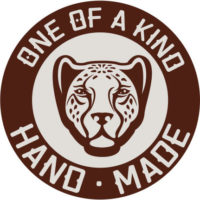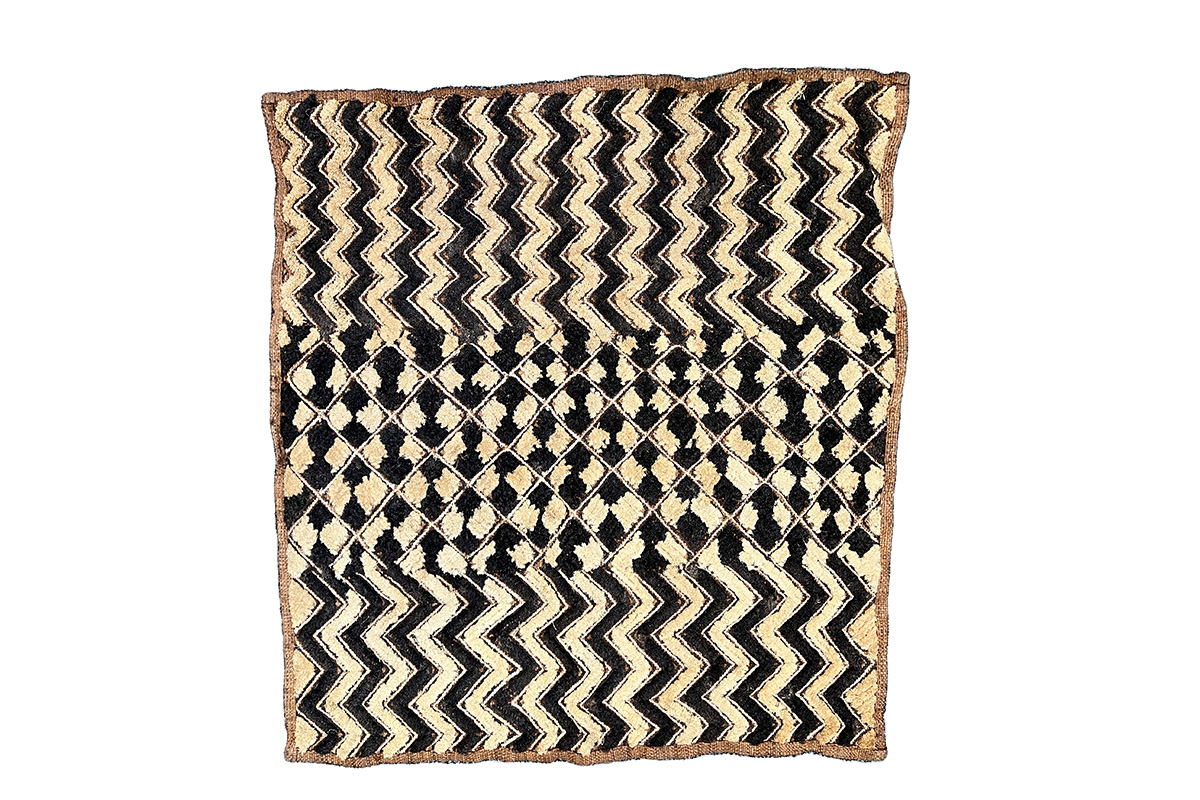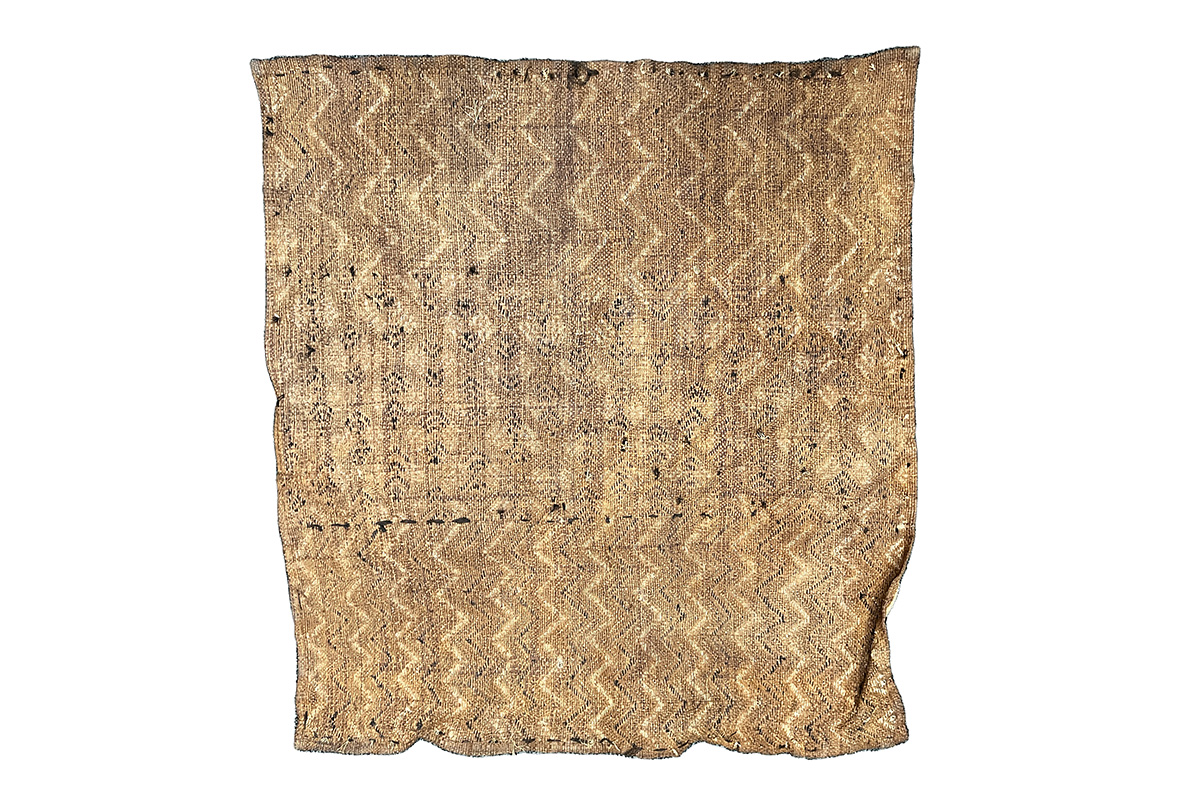Kuba cloths are made from rendered vegetable fiber and woven into beautiful patterns. This textile measures 26.5 inches long by 23.5 inches wide. Used textiles may have tears or fraying of the edges and minor stains. Please inspect photos.
Palm Leaf Fiber Raffia Kuba Cloth 26.5″ x 23.5″ – DRC – African Art
$50.00
Sold

| Type of Object | Kuba Cloth Textile |
|---|---|
| Country of Origin | DR Congo |
| Ethnicity | Kuba |
| Material | Raffia Palm Vegetable Fiber |
| Approximate Age | Unknown |
| Height | 26.5" |
| Width | 23.5" |
| Weight | 0.5 lb |
| Overall Condition | Textiles may have rips, frayed edges or minor stains. Inspect photos. |
| Tribe Information | |
| Additional Information | African Textiles, Kuba Cloth |
Tribe Information
About the Kuba People
“During the 16th century, the Kuba migrated from the north and settled between the Sankuru and Kasai Rivers. Today, they number 250,000 and are subdivided into a number of tribes – the Bushoong, the Ngeende, the Kete, the Lele, the Binji, The Dengese, the Mbuun and the wongo. Each clan pays tribute to the Nyim, the king of the Bushoong ruling clan, but their internal affairs are dealt with autonomously. The Bushoong king and his court lived in a closed palace, known as the Mushenge. The king was responsible for the wealth and fecundity of his people.
Each clan within the Kuba kingdom produced artistic objects with specific characteristics, but there are common stylistic features, including predilection for incised geometric decoration. Cups, zoomorphic divination instruments and boxes were produced throughout the realm.”
Source:
Baquart, Jean-Baptiste. The Tribal Arts of Africa. New York: Thames and Hudson Inc. 1998. Print.
Additional Information
About African textiles
Originally used as a form of currency, woven African textiles have been very important throughout many African cultures. African textiles are often used to memorialize individuals and they often play a special role in traditional celebrations and ceremonies.
About the Kuba Cloth
In the Democratic Republic of Congo, Kuba textiles are quite unique. Raffia palm is cultivated by tribes’ men to use as yarn. Using single-heddle looms, they weave the raffia to desired shapes and sizes. The next step in the process is to pound the fabric, rendering it soft and able to accept pigment. The Kuba typically create various geometric patterns when dying their fabric.
You must be logged in to post a review.



Reviews
There are no reviews yet.